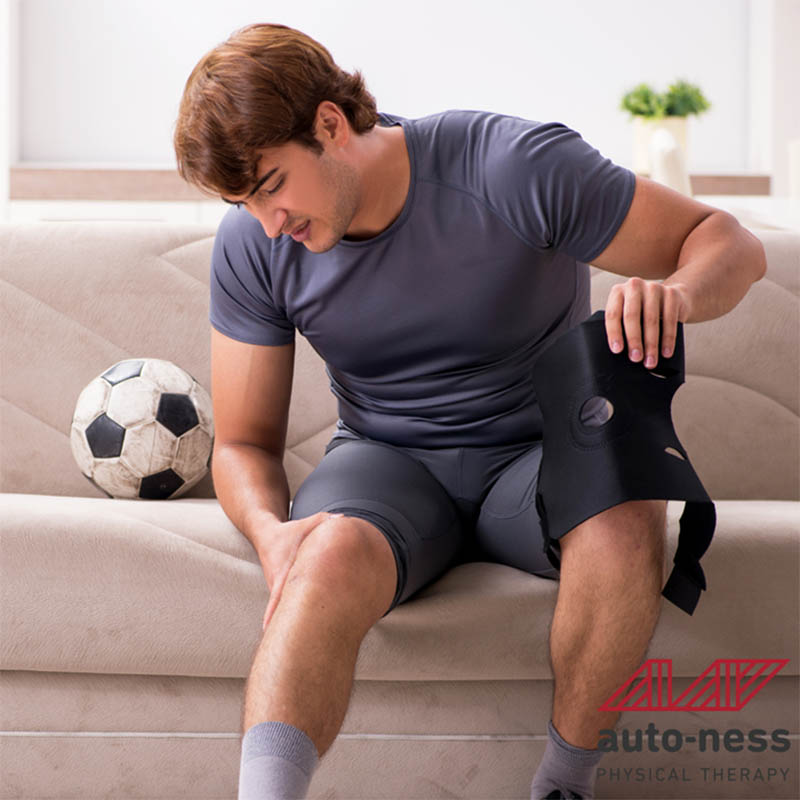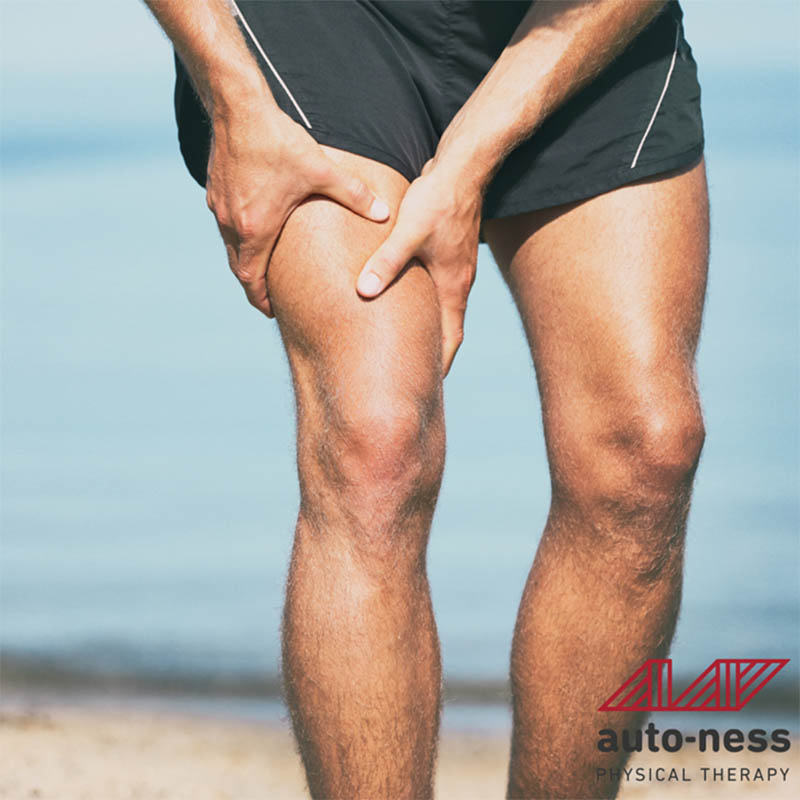Introduction:
Have you ever experienced that peculiar “pop” in your inner thigh during a stretch, only to be greeted with discomfort and an uneasy gait afterward? While initially, it might not seem like much, especially if the pain doesn’t hit until you start moving around, it’s a sign from your body that shouldn’t be ignored. Today, we’ll explore what this sensation might mean and how to navigate the recovery process, focusing on more than just the traditional advice of icing your way through discomfort.
Understanding the “Pop”
The sudden “pop” followed by discomfort or slight pain is a scenario familiar to many active adults, often indicating a strain or a more nuanced injury in the muscles or tendons of the groin area. While not always immediately painful, this sensation is your body’s red flag, signaling that something out of the ordinary has occurred.
Why Ice Isn’t the Only Answer
Ice has been the go-to for initial injury management, helping to reduce inflammation and soothe pain. However, the healing journey doesn’t end there. Active recovery strategies can be crucial in supporting a more comprehensive recovery, steering clear of the “just rest and ice it” philosophy. Here’s what you can do to facilitate healing while respecting your body’s limits:
Range of Motion Exercises:
Initiate your recovery with gentle range of motion exercises. This involves carefully moving the affected area to maintain mobility, avoiding any movements that escalate pain. Keeping the joint mobile without stress is the goal here.
Isometric Exercises:
Engaging in isometric exercises, where the muscle contracts without changing its length, can help maintain strength in the groin area without aggravating the injury. These static exercises are beneficial as they don’t involve joint movement but still work the muscles.
Embrace Gentle Walks:
If bearable, incorporate short and gentle walks into your recovery plan. Walking can promote blood flow and prevent muscles from becoming overly stiff, but it’s crucial to wear supportive footwear and avoid uneven terrains that could put additional stress on the injured area.
Gradual Strengthening:
As you navigate past the acute phase of the injury, and with a healthcare professional’s nod, start incorporating strengthening exercises. Gradual and controlled strengthening can bolster muscle recovery, ensuring the rebuilding process is supportive, not detrimental.
Listening to Your Body: The Ultimate Recovery Tool

Above all, attune yourself to the feedback your body provides. Activities causing pain beyond a mild discomfort level should be avoided to prevent exacerbating the injury. Recovery isn’t a one-size-fits-all; it’s about finding the balance that your body responds to best.
Consulting a Physical Therapist:
For a recovery plan tailored to your specific needs, consulting with a physical therapist is invaluable. A professional can guide you through exercises that safely promote healing, ensuring you don’t inadvertently hinder your recovery. Auto-Ness Physical Therapy offers personalized care designed to address injuries with expertise, making it an excellent resource for individuals seeking specialized support.
Conclusion:
Navigating the recovery from an inner thigh injury involves more than just reaching for the ice pack. By incorporating gentle movement, listening to your body, and seeking professional guidance, you can support a more effective healing process. Remember, while ice can soothe, it’s the active, informed approach to recovery that truly heals.
For more insights into managing sports-related injuries and optimizing your recovery process, visit Auto-Ness Physical Therapy’s blog.
FAQs:
Q: Can I apply heat to the injury?
- A: Heat therapy is generally recommended after the initial 48 hours following an injury, primarily if inflammation has subsided. It can help relax and loosen tissues and stimulate blood flow to the area.
Q: How long should I wait before returning to my regular exercise routine?
- A: The timeline for returning to regular activities varies depending on the injury’s severity. Always consult with a healthcare provider or a physical therapist to ensure a safe return to exercise.
Q: Are there specific stretches I should avoid to prevent this type of injury?
- A: Avoid deep, forceful stretches, especially those that put excessive strain on the inner thighs and groin area. Gentle, controlled stretching, with a focus on flexibility rather than pushing limits, can help prevent injuries.
Engage with your recovery actively and wisely, and you’ll be back to your active lifestyle, stronger and more informed than before.


